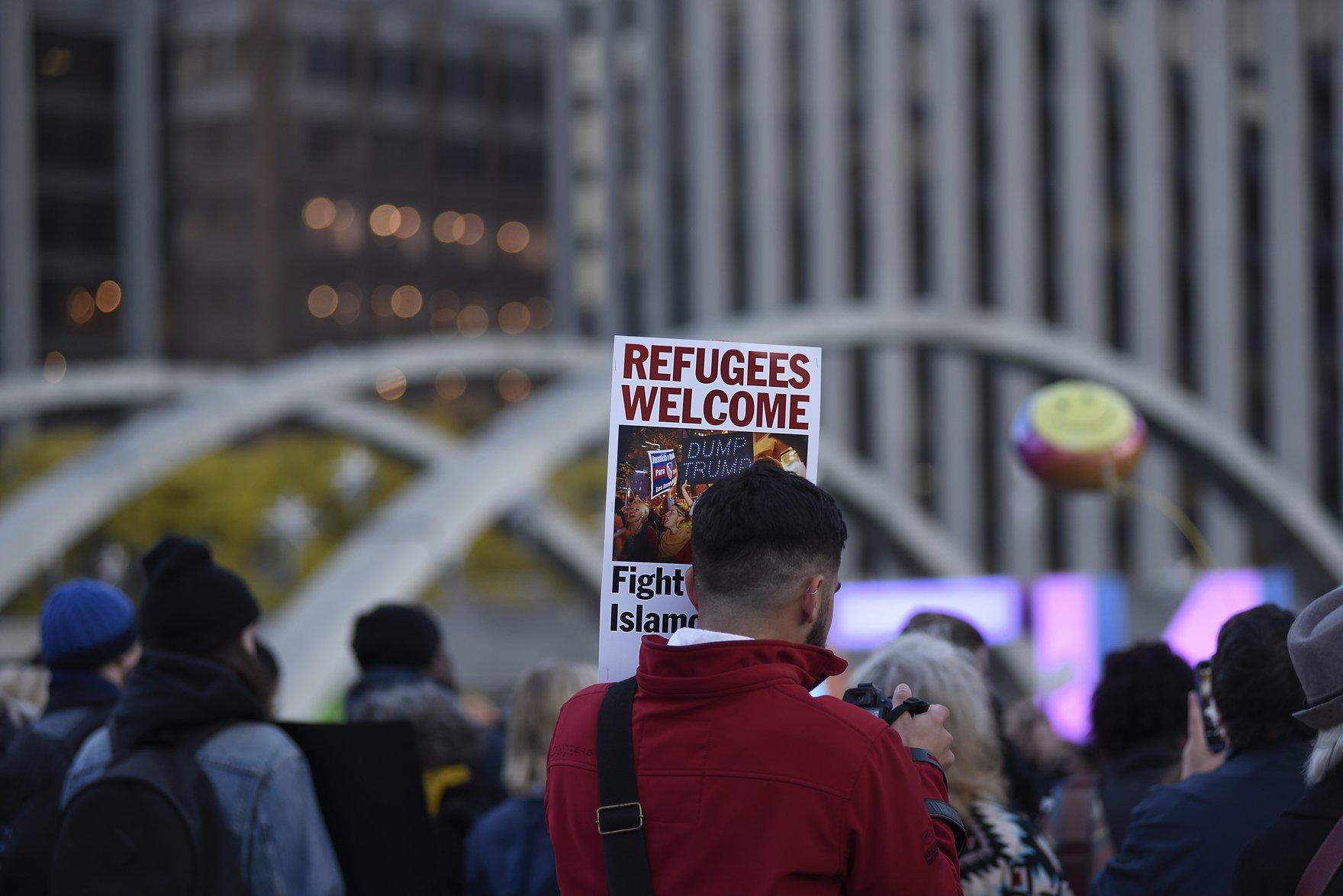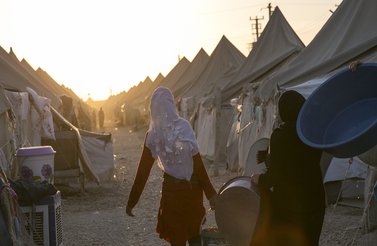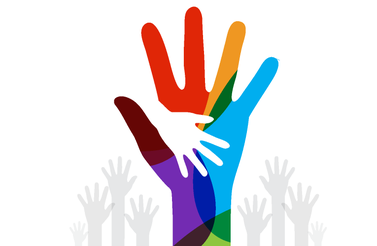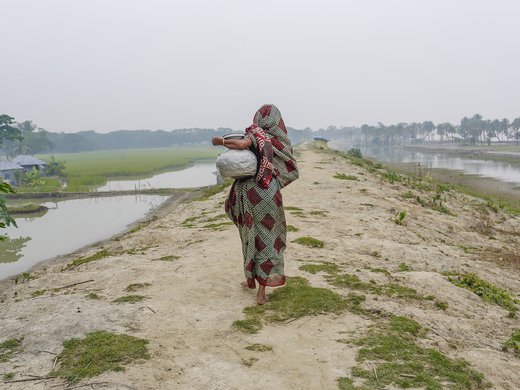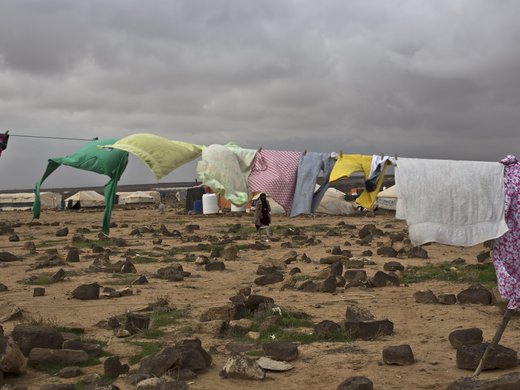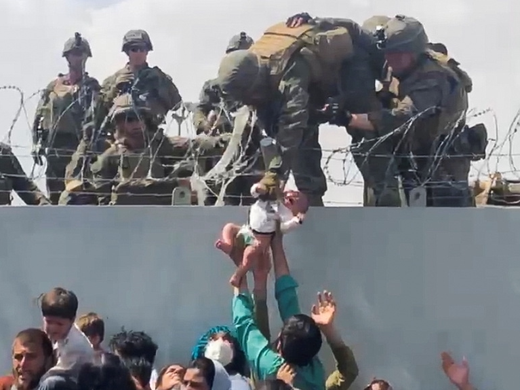With a few notable exceptions, Canada has throughout its history provided a safe haven for those fleeing conflict or persecution for their beliefs, political opinions or gender identity. This year’s federal election campaign, however, may have shed a different light on the Canadian narrative of diversity and inclusion. Disinformation campaigns sought to stoke fears over immigrants being a source of insecurity and an economic burden. Pre-electoral polls revealed decreasing public support for refugees since the 2015 federal election campaign. Achievements previously celebrated across political parties and by Canadians in all their diversity — such as the welcoming of refugees in all their diversity, whether Hungarians in the 50s, Vietnamese in the 70s, or Syrians in 2016 — were rocked.
These achievements are what made Canada such a welcoming country. But are we now at a decisive turning point in Canada’s relationship with refugees?
Prime Minister Justin Trudeau and his government must today tackle what other Western politicians have had to face for a few years now: the rise of populism and of the fall back on nationalist ideas of identity, if not values, that scapegoat ‘the others,’ and far too often focus on refugees. I am confident, however, that Canada — shaped by its geography and history, its economy and embrace of multiculturalism — can frame the debate differently.
First, Canada needs to acknowledge it can do more. In comparison to the Global South, where 85 percent of refugees reside — mostly in poor communities — and to other Western countries, Canada is not receiving “too many” refugees. In 2018, the country admitted 55,000 people seeking asylum (and resettled nearly 30,000 refugees from countries in the Middle East, Africa or Asia). That may have seemed like a lot of people, but altogether, they represent less than 0.2 percent of the Canadian population.
The political exploitation of images of asylum-seekers crossing a ditch at Roxham Road at the US border in Quebec has perverted many Canadians’ perceptions and, more critically, instilled a sense of doubt and fear. The facts tell a different story. Numbers remain low: less than 20,000 a year since 2017, very few of which — only 0.3 percent — are detained on security grounds. Arriving in-between official custom posts is not illegal when it is to claim asylum — both under Canadian and international law. Spontaneous arrivals like these, to seek safety, and landings of immigrants coming to Canada for economic reasons or to join family members are planned, regulated and budgeted for separately. There is not a single queue through which one enters Canada, and therefore no ‘queue jumpers.’
Despite the facts, some damage has indeed been done. However, our newly formed Parliament, which convenes for the first time December 5, should avoid responding with asylum reform initiatives that would weaken the protections in place in Canada. Canada’s refugee adjudication model — the independent Immigration and Refugee Board, with hearings including legal counsel in attendance — is a model of fairness. Over the last two years, the board has been able to reform itself and become more efficient and cost-effective, while upholding the quality of its decision-making process. The backlog is rapidly decreasing. A minority government could face pressure for further reform of some of these changes. This could potentially see a watering down of the independence and protection safeguards currently attached to a system that has proved it can resist the pressure of additional claims.
In any case, legal reforms are not the tools by which governments should address false perceptions about the functioning of our public institutions. Politicians, the media and human rights activists alike have the responsibility — and the opportunity — to keep the conversation about asylum objective and balanced, and based on facts. This would go much farther than reforms in ensuring public confidence in the asylum system in Canada.
Second, we need to emphasize that Canada needs refugees as much as refugees need Canada. Over the last century, censuses have constantly shown that one fifth of the Canadian population was born abroad. Demographic and economic experts have been saying for a long time that our wealth depends on immigration. With a rapidly ageing society — the number of seniors will double by 2036 — pensions and health care support depend on immigrants, including refugees.
In addition to bringing culture and traditions that make our communities strive and that have become part of the fabric of Canadian society, refugees are a good return on investment, as they make important contributions to the economy and their communities. For example, on average, it only takes refugees five years to join Canada’s middle class, and after 20 years, they end up paying more in taxes than they have received in public benefits and services. Also, they often settle in smaller cities and towns, thus helping these communities thrive. The 2016 census revealed that refugees are very entrepreneurial — even more than Canadian-born citizens. One out of seven refugees starts a business, and creates jobs for themselves and other Canadians. Not to mention they have higher rates of citizenship than other newcomers: they are determined to belong here.
This should encourage Marco Mendicino, the incoming minister of immigration, to look at refugees resettled in Canada not only as a much needed gesture of humanitarian solidarity — towards refugees with no future, and towards the countries that host them, often to a breaking point — but also as something that is good for Canada.
Third, Canada must do a better job at connecting the dots between addressing rising global displacement and providing humanitarian and development assistance abroad. Although little attention was paid to Canada’s role on the international stage during the federal election campaign, Trudeau and his new ministers of foreign affairs (François-Philippe Champagne) and international development (Karina Gould) will need to decide how Canada will help end hunger or help provide quality education to children, two of the UN’s Sustainable Development Goals for 2030.
Over the last 20 years, Canada’s international development contribution has ranged between 0.23 and 0.28 percent of its gross national income — a decrease from the 0.4 percent rate observed during the 1980s, with a peak of 0.5 percent in 1987 under Prime Minister Brian Mulroney. It was, and still remains, considerably less than the objective of 0.7 percent set by developed countries at the urging of former Prime Minister Lester B. Pearson, who headed the World Bank’s Commission on International Development in 1969. These historical reminders show that Canada playing a role in the aid sector should be a non-partisan objective.
Canada must provide humanitarian partners with the resources to protect, house, feed and educate children and families who flee conflicts and violence. It should also provide development partners with the resources to address the root causes of forced displacements by helping to eradicate social inequalities, strengthen education and justice systems, and foster job creation, especially for youth. Sharing our wealth to give to those who are far less fortunate than us — in Canada and abroad — is a win-win formula.
In our interconnected world, some argue that we must protect ourselves against the risks posed to our security and stability by forced displacement, whether from an economic standpoint or when considering migration flows. Others believe it comes down to fighting for a world that is more just, a world in which everyone can find prosperity and peace while working together to save our planet.
Pearson reminded us: “Who can now ask where his country will be in a few decades without asking where the world will be? If we wish that world to be secure and prosperous, we must show a common concern for the common problems of all peoples.”
For all these reasons, refugees need Canada more than ever — or, I should say, the opposite is also true: Canada needs refugees more than ever. It is now up to us to tell our newly elected representatives what kind of Canada we want — diverse and inclusive, or withdrawn and declining?
This article first appeared on OpenCanada.org.
